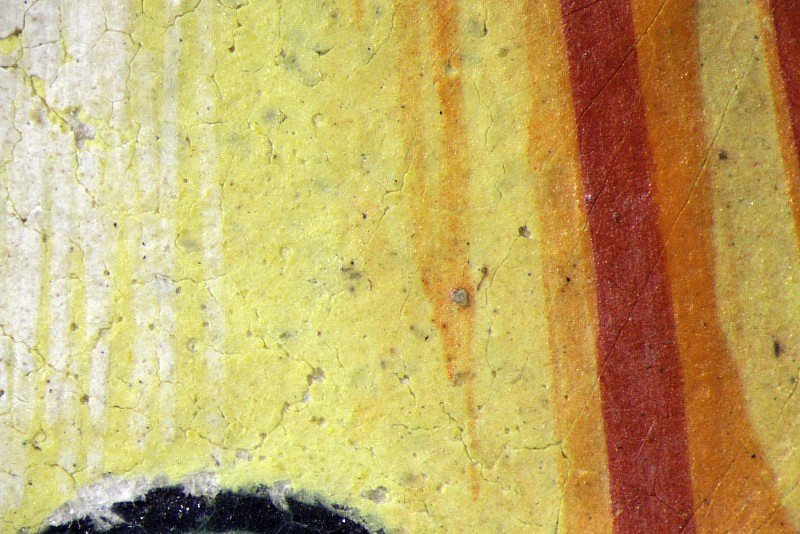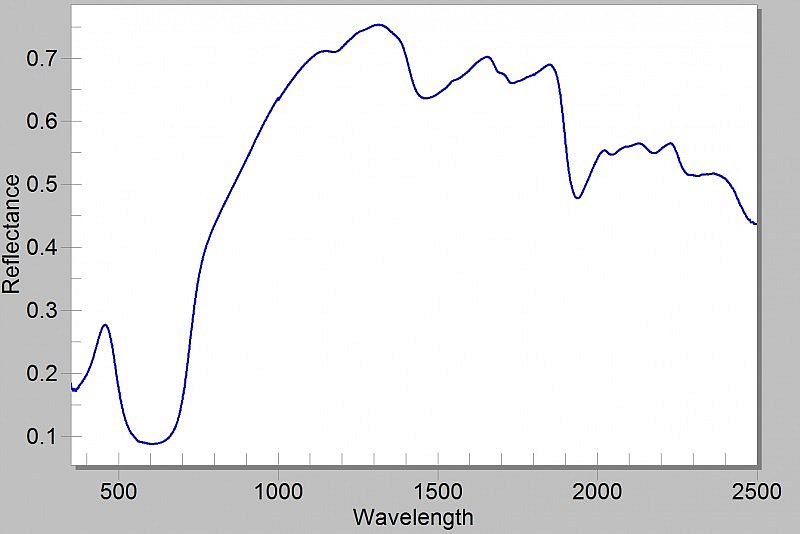Bastiano di Niccolò, Matteo and Bartolomeo Torelli
Artists
The accounts do not specify the contributions of these artists, only the sums they were paid. Bastiano di Niccolò received most of the total – over 31 golden florins – suggesting that he may have been paid for the work of assistants as well as his own. Bartolomeo Torelli received 58 lire and Matteo Torelli over 47 lire. The involvement of Matteo Torelli and Bastiano di Niccolò must have been greater than the direct payments suggest. Matteo was renting a workshop from the Badia’s monks, while Bastiano di Niccolò was renting both his house and workshop from them. Between 1402 and 1405 they deducted from their rents sums that Acciaiuoli owed them for work on the Missal.
Bastiano di Niccolò and Bartolomeo Torelli are known from documents, but no other works by them seem to survive. Matteo Torelli is often considered the Missal’s main artist, but his corpus is still the subject of debate. Manuscripts once associated with the young Matteo and now reattributed to the Master of the Breslauer Epiphany (named after a page with an Adoration of the Magi, formerly in Bernard Breslauer’s collection) show strong affinities with figures and facial types painted by two of the Missal’s artists who were responsible for most of the pages with major illuminations (Hands A and B).







Historiated initials and border with Angelo Acciaiuoli’s portrait and arms (Mass for Pentecost Sunday)
The S introduces the Mass for Pentecost, while the smaller initial D with the dove of the Holy Spirit opens the collect (short prayer) recited on Pentecost Sunday. The presence of two historiated initials, and of the patron’s portrait and arms, signal the importance of the feast.
The initial S shows the Virgin and the twelve apostles receiving the Holy Spirit in an interior above and, below, the peoples of the nations of the world, to whom the apostles will soon begin to preach in tongues, gathered outside. This unusual and busy rendition of Pentecost is a faithful replica of an image painted by Don Silvestro dei Gherarducci in a manuscript produced at Santa Maria degli Angeli a decade earlier. Less crowded versions of the same composition were reused later by Lorenzo Monaco and Bartolomeo di Fruosino.
This page is representative of Hand B’s work. The Cardinal’s portrait (hotspot 1) exemplifies the monumental figures and robust facial types characteristic of this artist, as do the figures of the prophets depicted in the upper border (hotspot 2).